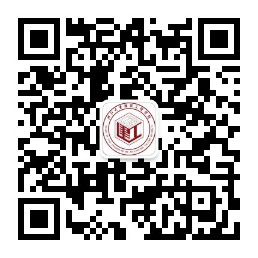Speaker:Dr.Zhang-Li Peng
Title:Multiscale Modeling of Red Blood Cells and Beyond
Time:January 6, 2017, 10:00 -12:00
Venue:Room A326 An-zhong Building
Presentation Abstract:
Molecular mutations can lead to altered mechanical properties and malfunction of cells. However, it is a grand computational challenge to bridge the scales from molecules to cells. In this seminar, I will show examples of applying multiscale modeling to investigate red blood cell (RBC) diseases starting from the molecular scale. We considered the detailed molecular architectures of RBCs and predicted the bilayer-cytoskeletal interaction bond strength, which is crucial for understanding hereditary spherocytosis. Furthermore, we found that only mature sexual malaria-infected RBCs is transmittable because they can escape from the spleen clearance due to their low stiffness. This discovery may inspire new drug manipulations on malaria-infected RBC stiffness to disrupt malaria transmission. These findings have only become possible due to the multiscale modeling technique and the state-of-the-art understanding of molecular structures, and promise a new avenue to study the mechanics of biological systems.
Brief Bio:
Zhangli Peng got his Ph.D. from the University of California San Diego under the supervision of Qiang Zhu, and carried out his postdoctoral research in Subra Suresh and Ming Dao's group in the Massachusetts Institute of Technology. His main research areas are multiscale/multiphysics/multicomponent modeling, cell biomechanics/biophysics, cell-microenvironment interaction, and diagnostic microfluidics. Specifically, the goal of his group is to investigate the interactions between cells and their in vivo and in vitro microenvironments, and to understand the mechanisms of related diseases such as cancer metastasis, malaria, and hematologic disorders. To achieve this goal, his group is integrating atomistic-based simulations such as dissipative particle dynamics (DPD) and coarse-grained molecular dynamics (CGMD) with continuum-based modeling approaches such as finite element method (FEM) and boundary element method (BEM) to simulate the cell-microenvironment interactions, and working closely with experimentalists. His group is also applying simulations to help develop mechanical-based, acoustic-based, and electric-based microfluidics for diagnostics. In addition, he also studied several kinds of bio-inspired structures, including a flow energy harvester inspired by fish swimming, nacre shells, and tensegrity structures
Spatial Structure Research Center



